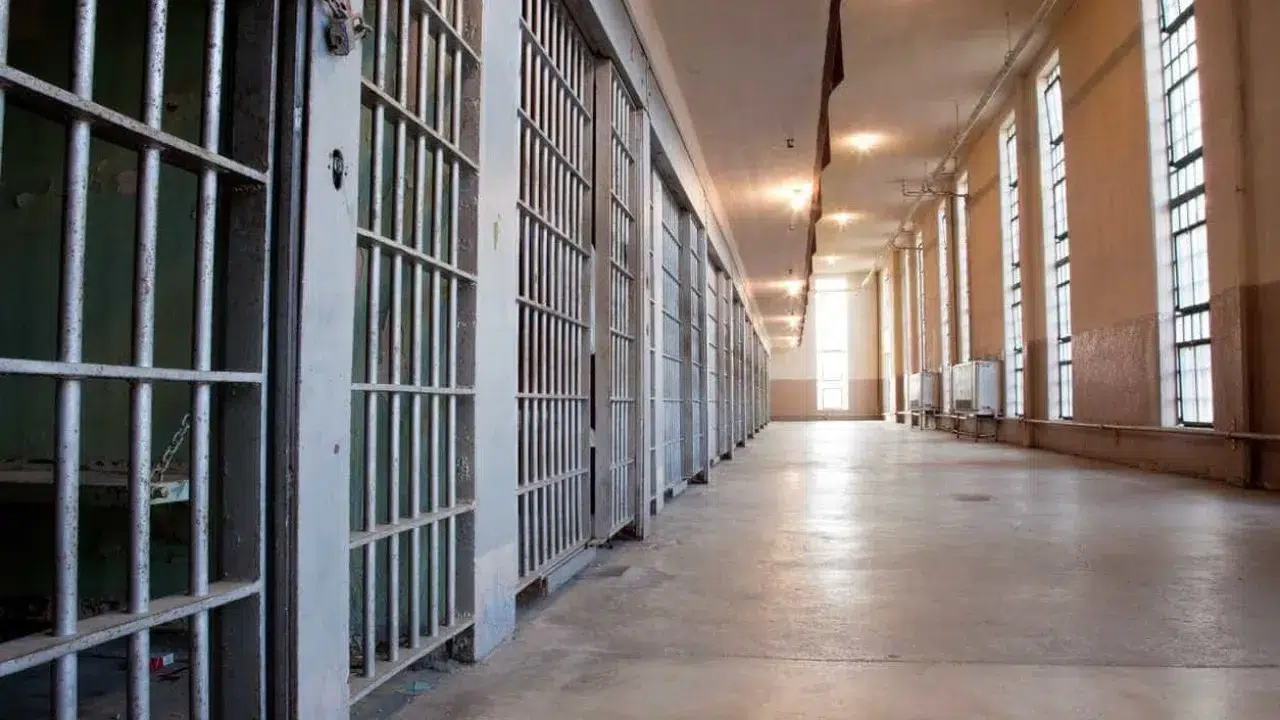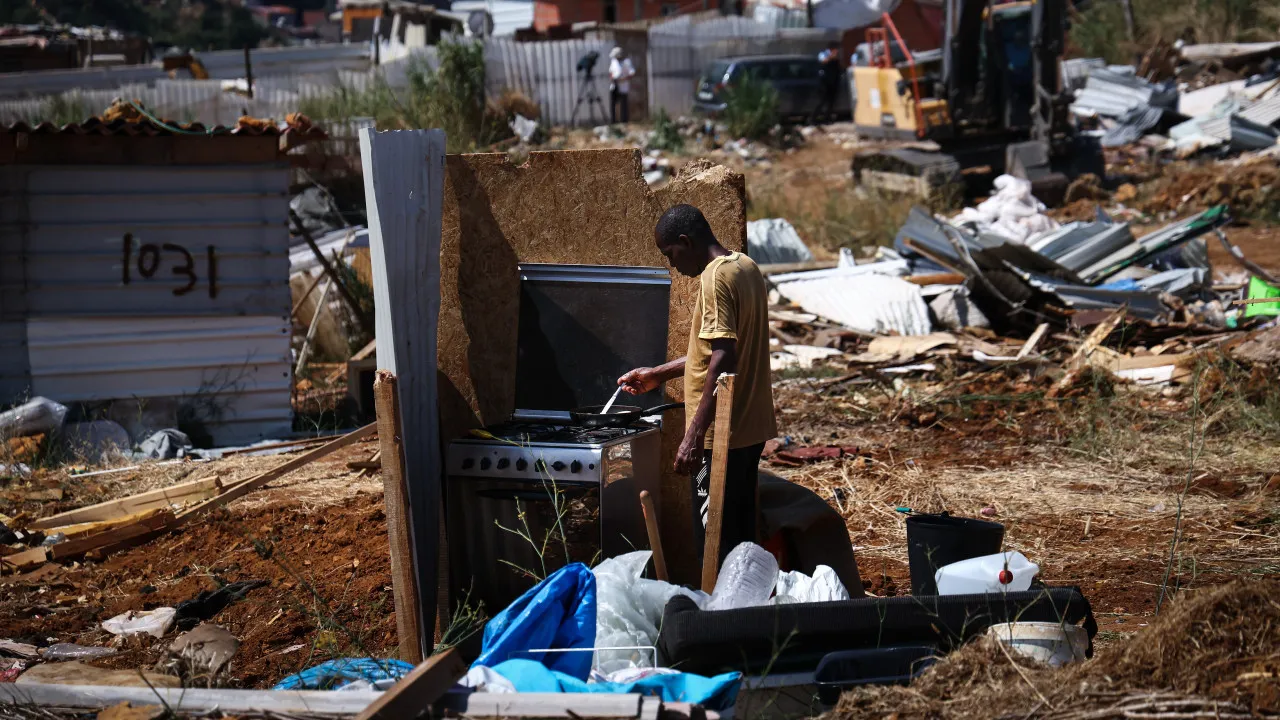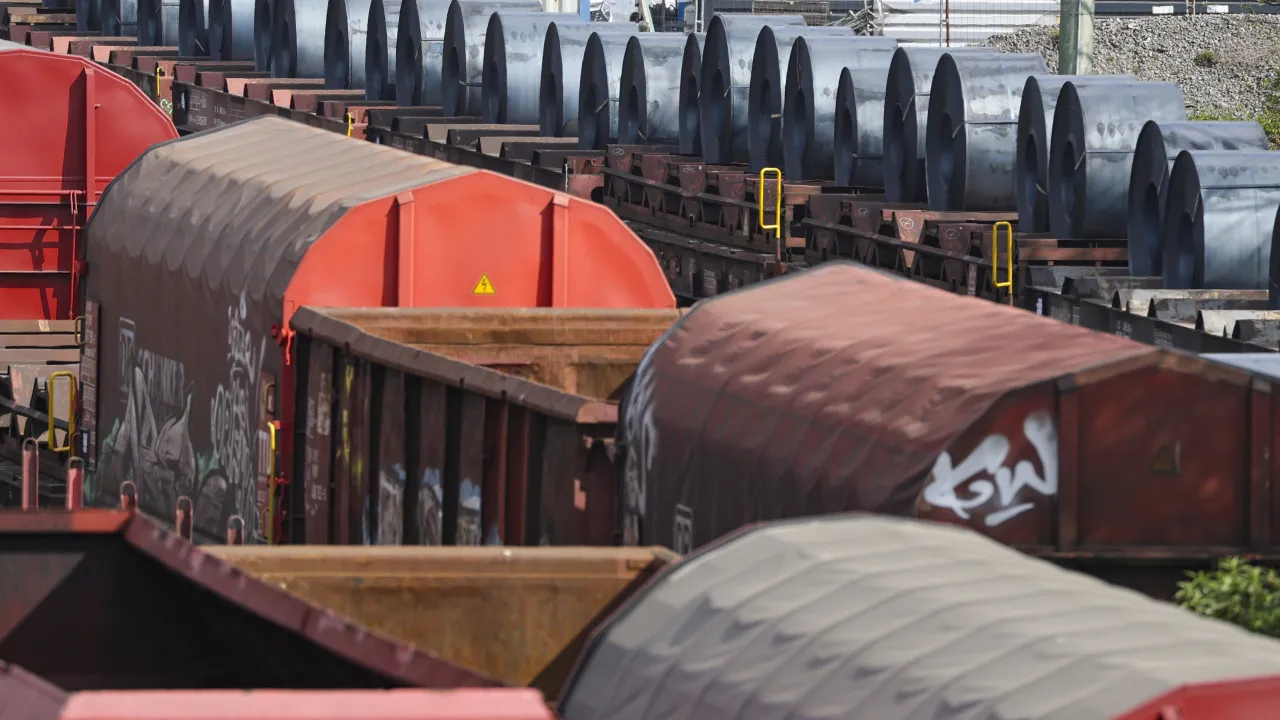
Findings from the annual report of the National Preventive Mechanism, presented today to the Assembly of the Republic for the year 2024, raise significant concerns about the current state of several prisons in Portugal. The issue of overcrowding is highlighted with data derived from visits to 10 prisons and numbers from the Directorate-General for Reintegration and Prison Services (DGRSP).
During last year’s visits, seven out of the 10 prisons were operating at over 90% capacity, with the situation worsening in 2024. The report notes that these facilities, classified as highly complex, house the majority of the prison population.
For prisons of medium complexity, data indicates occupancy rates exceeding 100%, signifying actual overcrowding.
Occupancy rates are based on population estimates by the DGRSP, which determines how many inmates a facility can accommodate. However, the National Preventive Mechanism has found that “calculations for official capacity often fail to meet international standards, which dictate the minimum space required per inmate.”
The report, submitted to the Assembly of the Republic today, mentions cells visited that should accommodate only one inmate, yet are officially designated to hold two, highlighting potential overestimation of capacity.
As a result, the National Preventive Mechanism suggests there are “strong indications” that the official prison capacity is inflated, and consequently, the actual rate of overcrowding is higher than reported data suggests.
Three primary factors contributing to prison overcrowding in Portugal are identified by the Ombudsman mechanism: excessive use of pretrial detention, imprisonment for less serious offenses, and lengthy prison sentences. Regarding the latter, the Council of Europe noted in 2023 that Portugal has the longest prison sentences in Europe.
This year, the Ombudsman conducted 50 monitoring visits to locations where individuals are deprived of liberty to assess their conditions and treatment. Visits included the 10 largest prisons, six educational centers, temporary installation centers for foreigners and similar facilities, psychiatric hospitals, and police detention areas.




